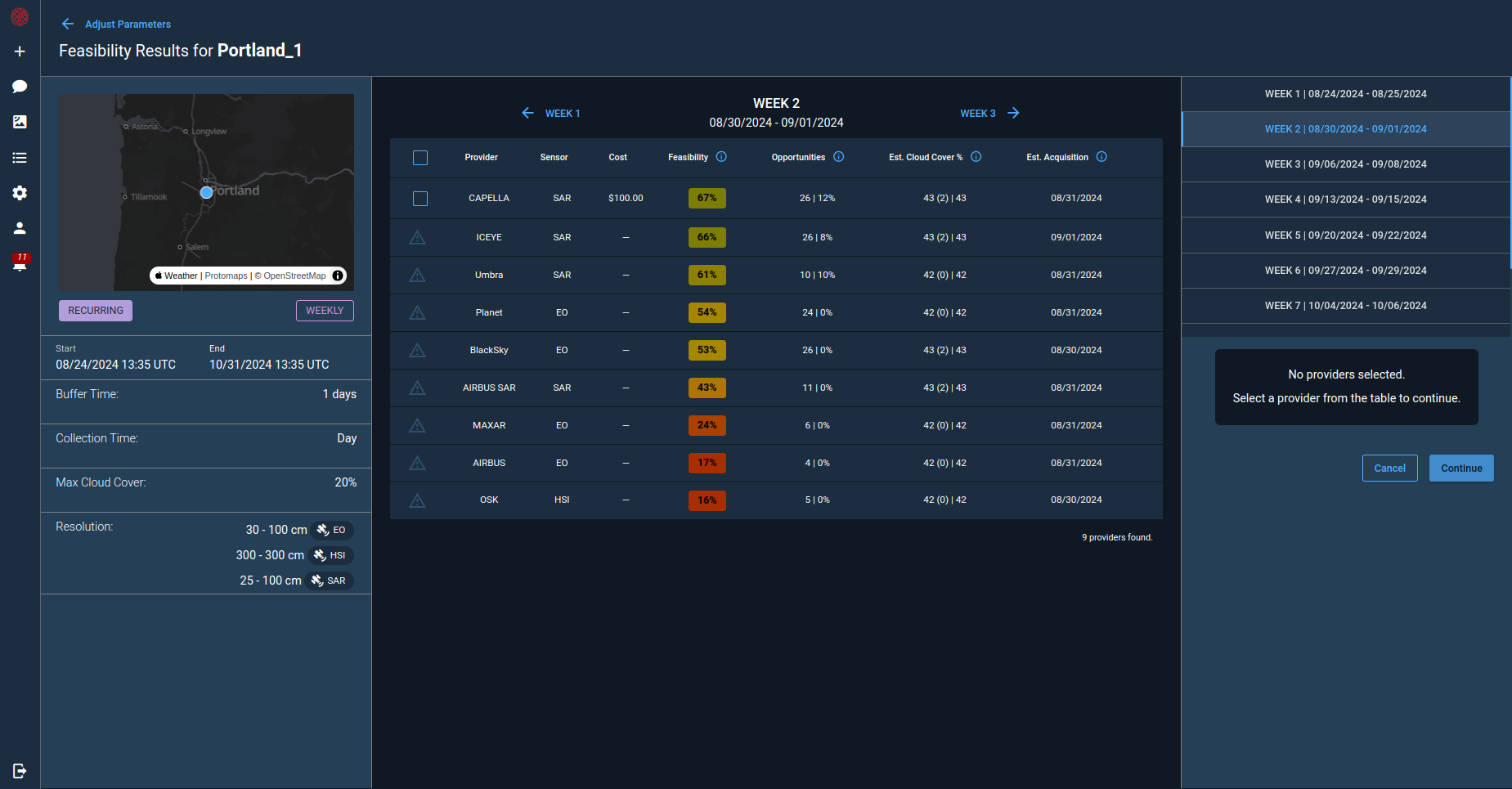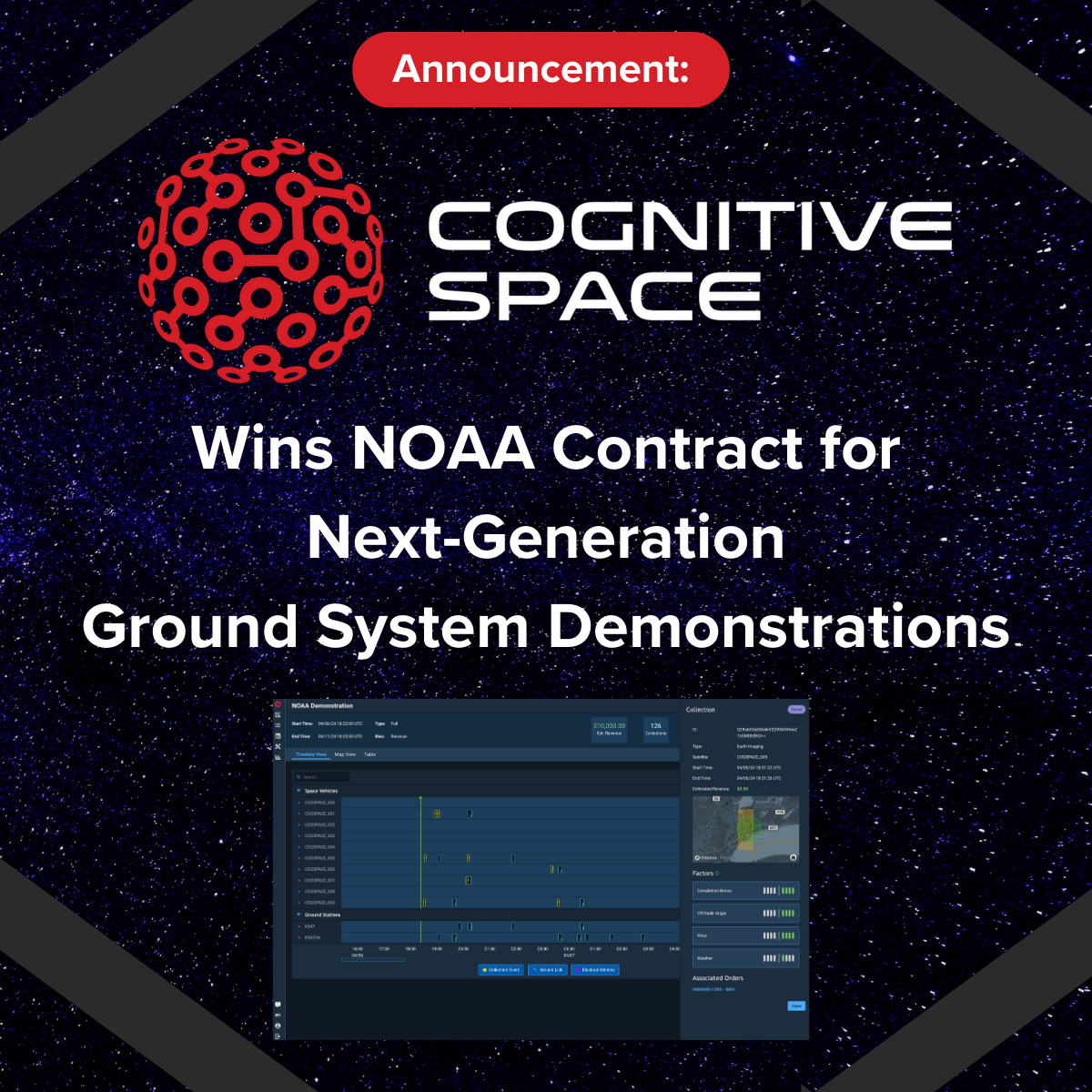5 Trends at the Intersection of AI and Space Exploration
AI and space exploration have long been joined at the hip.
Artificial intelligence is nothing new in space. It’s already piloting autonomous rovers like Perseverance over Martian terrain, helping SpaceX rockets land safely, and powering the Kepler Space Telescope.
But in many ways, we’re just scratching the surface of AI’s impact on space operations. What must occur to continue this pace of innovation? What could hold us back? What’s the next innovation in space?
Five of the brightest minds in space operations addressed these questions — and many more – in the AI & Space Panel at Seattle AI Week. Michael Doyle, president of Space Northwest, moderated a group discussion of experts across space disciplines:
- Hanna Steplewska, President and Chief Operating Officer at Cognitive Space
- James L. Burk, Executive Director at The Mars Society
- Keith Rosema, Partner at Madrona Venture Labs
- Kelsey Doerksen, PhD at the University of Oxford in the Oxford Applied and Theoretical Machine Learning Group (OATML)
The panel focused on the intersection of AI and space exploration. Each of these experts agreed that AI is poised to hold an expanded role in future missions.
Let’s explore five key insights from the panel:
Explainability is a key aspect of AI and space exploration.
Explainability in artificial intelligence is the idea that humans should be able to understand the processes and methods that AI systems use so that they can trust the results and output created by those systems.
Naturally, explainability is important in space exploration, given the heavy investments required to launch missions. In the context of commercial space, Steplewska mentioned the importance of communicating the benefits of AI in the customer’s language.
“It’s one thing for us to be able to explain the technical jargon of the AI solution,” Steplewska said. “But unless we explain it in the vocabulary of the customer and tie it back to their business KPIs or their operational needs – the things that they measure and talk about every day — it’s not explainable. So it’s super important to be able to do that.”
For example: Cognitive Space often runs its intelligent space automation technology in “Shadow Operations Mode” at the beginning of a client partnership. This means running Cognitive Space AI alongside existing systems to explain decision-making before the new system is fully implemented.
AI’s potential as a co-pilot for space missions is promising.
For all the promise of AI, we shouldn’t assume we’re ready for complete automation of space operations, the panelists said. If AI can power the engine of space exploration, humans are still needed to operate the steering wheel.
“I’m very much of the mind that we should be supporting space missions with AI, not replacing them,” Doerksen said.
Human oversight and expertise are paramount, especially in critical space missions that involve large satellite constellations.
“Nobody wants your AI to be making decisions they don’t understand about something that’s flying 16,000 or 17,000 kilometers an hour,” Steplewska added.
The ability to understand AI and use it to your advantage will be a key skill set moving forward.
“More recently, having domain awareness in the AI system is a key area of growth right now: a key thing that we all need to develop,” Burk said.
Data availability and access will be essential for model training.
AI models for space applications require high-quality, specialized data. Ensuring that these types of datasets are readily accessible will help developers create better models that meet the needs of space exploration.
If you’re creating an AI tool to help develop content marketing materials, there’s no shortage of data available. The AI system can scan Google results and find the information it needs to learn and adapt.
Space data is a bit more complex. The panelists discussed the need for standardized data collection practices and the sharing of proprietary datasets, when appropriate.
Data transparency and protection become especially important when training models for uses such as geospatial intelligence and national defense.
We’re just seeing the start of innovation within AI and space exploration.
As we continue to understand AI and its capabilities, we’re likely to see continued innovation at the intersection of AI and space exploration. AI software startups are attracting growing interest from investors. There’s also plenty of room for AI innovation in the arena of spacecraft design — using models to analyze vast datasets to help propose materials for lighter, stronger, and more fuel-efficient spacecraft
AI has obviously been a hot topic over the past few years. Rosema theorizes that pretty soon, there won’t be such a frenzy over AI and space exploration. It’ll even seem commonplace.
“Right now, AI is very much in our face,” Rosema said. “If I look at other historical technical trends — the internet, mobile phones — originally those things were all very much in our face, too. I hope that AI does the same thing; it just melds into the background and becomes another power tool for us that we use constantly.”
Cognitive Space holds a key role in scaling space operations.
AI’s biggest potential for impact might lie in its ability to scale space operations — particularly for large satellite constellations.
Satellite operators are dealing with rapid growth in both capacity and demand. Responding dynamically to changes in operational objects or environmental conditions is already difficult — especially when you exponentially grow the number of satellites in orbit.
CNTIENT-Optimize™ from Cognitive Space allows satellite operators to use AI to automate decision-making at scale to better meet mission objectives. It’s an example of leveraging the things that AI does well to give human experts the capacity to focus on meeting client objectives.
Request a demo with our team to learn how we can help propel you into the next era of satellite constellation operations.







